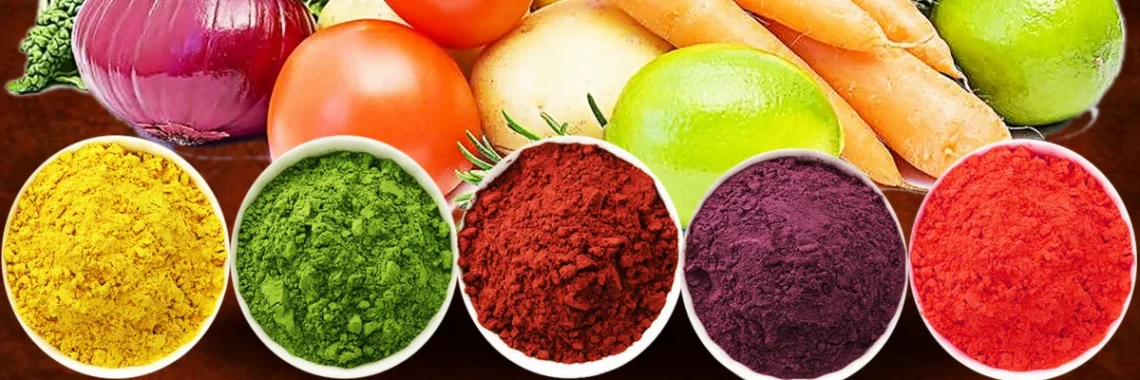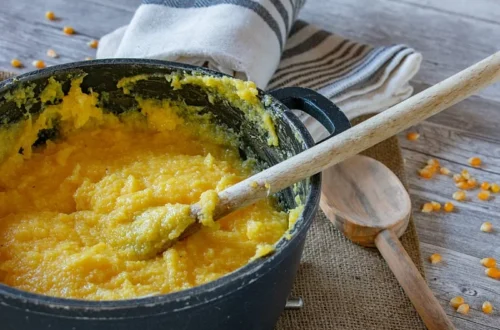In recent years, the food industry has witnessed a significant shift toward natural ingredients as consumers become more health-conscious and ingredient-savvy. Among the most exciting developments in this space is the emergence of natural food colors, with natural blue food coloring standing out as one of the most innovative and sought-after options.
What Are Natural Food Colors?
Natural food colors are derived from plants, fruits, vegetables, and other natural sources rather than synthetic chemicals. As people increasingly avoid artificial additives linked to potential health risks, natural colors provide a safe, sustainable, and visually appealing alternative. These colors are not just about aesthetics—they also reflect a brand’s commitment to transparency and wellness.
The Unique Appeal of Natural Blue Food Coloring
Blue is a rare color in the natural world, especially in fruits and vegetables. Historically, achieving a vibrant blue hue naturally was a major challenge for food scientists and manufacturers. Enter natural blue food coloring—an innovative solution made possible by extracts from sources like spirulina and butterfly pea flowers.
- Spirulinais a blue-green algae rich in phycocyanin, a natural pigment that delivers a striking blue shade without any artificial chemicals.
- Butterfly Pea Floweris another plant-based source offering vibrant blue coloring, widely used in beverages, desserts, and confections.
These sources are popular because they are allergen-free, vegan, and fit perfectly into clean-label formulations.
Applications of Natural Blue Food Coloring
Natural blue food coloring has quickly found applications in a variety of food and beverage products, including:
- Beverages: Smoothies, soft drinks, and energy drinks use natural blue food coloring to create eye-catching drinks that stand out on the shelf.
- Confectionery: Candies, chocolates, and ice creams are enhanced with blue hues, appealing to children and adults alike.
- Baked Goods: Cupcakes, cookies, and specialty cakes benefit from the vibrant blue tones while maintaining all-natural status.
- Dairy Products: Yogurts and milkshakes adopt natural blue food coloring to offer visually appealing products that are both safe and flavorful.
Benefits of Natural Blue Food Coloring
- Health-Friendly: Free from synthetic chemicals, suitable for all ages, and ideal for health-conscious consumers.
- Sustainable: Derived from renewable natural sources, reducing environmental impact compared to synthetic dyes.
- Regulatory Compliance: Many countries now have stricter regulations against artificial colors, making natural alternatives like natural blue food coloring a must-have for global markets.
Challenges and Innovations
One challenge with natural blue food coloring is its sensitivity to pH and light, which may affect color stability over time. However, recent advances in microencapsulation and formulation techniques have significantly improved its stability, allowing food manufacturers to use it across a wider range of applications.
Why Natural Food Colors Matter Today
Consumers increasingly prioritize what goes into their food. Natural food colors, particularly natural blue food coloring, symbolize a commitment to health, sustainability, and ethical production. Food brands embracing these colors not only meet consumer demands but also stand out in a competitive market focused on clean-label products.
Natural food colors, led by innovations like natural blue food coloring, are redefining the food industry. As demand for healthy, transparent, and sustainable products grows, these colors will continue to play a pivotal role in shaping the future of food.





